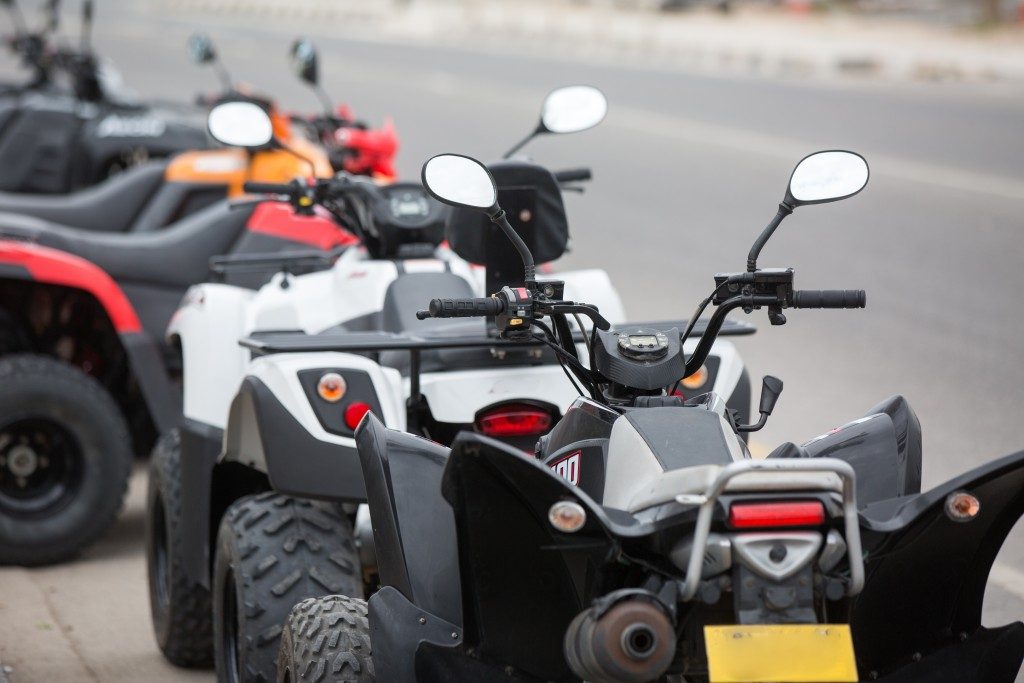When you have a backyard as gorgeous as Utah, you can’t help but invest in an all-terrain vehicle (ATV) or utility terrain vehicle (UTV). If you’re a new owner, though, there are a few facts you should know. Know the rules and other essential types of information through this list of FAQs:
Is it street legal to drive an ATV or a UTV in Utah?
Better yet, can you make this an alternative to your car? As silly as it sounds, the Beehive State actually allows you to do that with a few caveats.
You need to have a valid driver’s license. You must also secure motorcycle insurance coverage since the state applies the same rules for motorcycles with these kinds of vehicles. If the driver is below 21 years old, they just need to wear a helmet at all times. Most of all, the vehicle itself must be street legal.
How do you make an ATV or UTV street legal?
First, it must meet the definition of ATV and UTV. According to the Highway Patrol, an ATV is a motor vehicle that has a width of no more than 52 inches. The unladen dry weight doesn’t exceed 1,500 pounds. It must also travel with at least three low-pressure tires and the operator can straddle on the seat. Of course, it should be able to manage tough terrains.
A UTV, meanwhile, travels with at least four tires and has a width between 30 and 70 inches. The unladen dry weight doesn’t go beyond 2,200 pounds. The height of the seat is between 25 and 40 inches, which you can determine by measuring the seat’s bottom forward edge. It is also a side by side, which means it can accommodate more people besides the driver or the operator, who holds the steering control.
Second, the vehicles should go through with a safety inspection before the registration process. Consider a side-by-side service in Salt Lake City for this one, especially if you’re planning to travel with a few more people. The vehicle will go through more inspections after the registration. Once it reaches 8 years old, it will become a yearly procedure. If it passes the safety check, you should receive a certification with an ATV watermark in the background. After the registration, you will receive a plate, which you need to attach to the vehicle.
It’s also essential you modify the vehicle to meet the street legal requirements. These include adding one or more tail lamps and headlamps, one or more reflectors at the back, braking system, and horn or other warning devices, provided it meets the requirements.
Can you travel on all roads?

No, you cannot. There are some highways you cannot pass through. These include the following:
- First-class county highways whose speed limit is at least 50 miles per hour
- Highways appointed by authorities with jurisdiction over the area as closed off to street-legal ATVs
- Highways close to other highways with a grade-separation portion
In the next few years, the rules might change. As long as there will be fewer accidents involving ATVs and UTVs in the thoroughfares, there’s a good chance the law will still be in your favor. In the meantime, enjoy your ride whether in nature or on Utah’s streets.





